Spain.
Philip III,
100 Escudos 1609,
Segovia.
Unique.
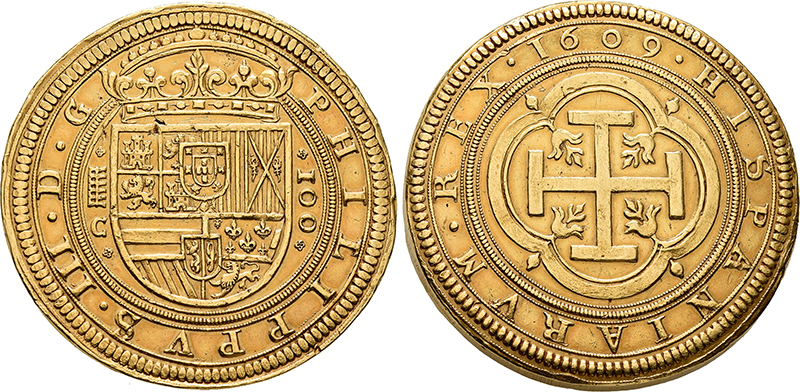

Roman Republic.
Cleopatra VII and Mark Antony,
Tetradrachm 36 BC,
Antioch on the Orontes.
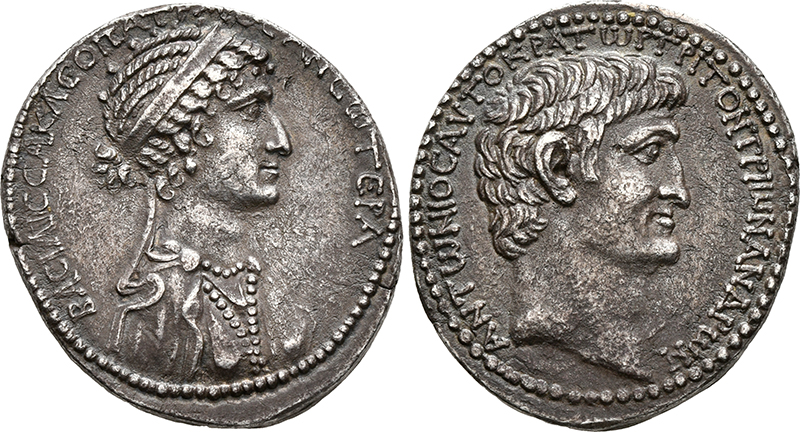
Great Britain.
Henry VII,
Gold Sovereign,
type I, Cross Fitchee, n. d. (1492),
Tower mint.
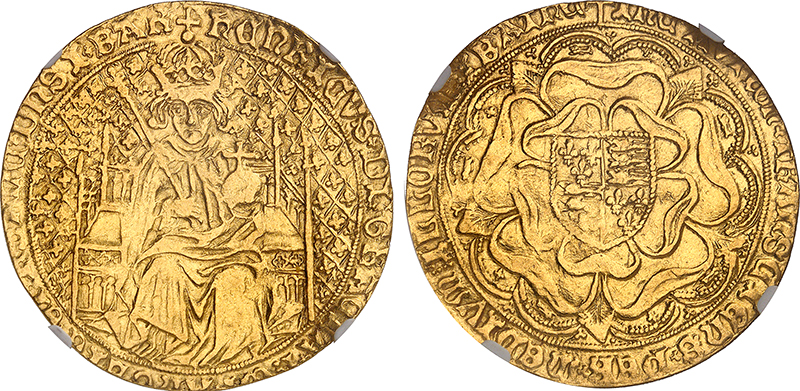
Archive: People and Markets
Jere L. Bacharach (1938-2023)
Jere L. Bacharach, expert on Islamic numismatics, died in April 2023. The ANS remembers its long-time member of the Board of Trustees, and an invaluable scholar of the numismatic community and Middle Eastern studies.
Trump’s Influence? United States Mint Removes Commemorative Medal from Store
The United States Mint has removed a commemorative medal honouring the police officers who defended the Capitol during the attack on 6 January 2021 from its website, sparking criticism.
Archive: Coins, Medals and more

A Discovery From Jülich-Berg
New coin varieties are not so uncommon, but a new denomination really is. Joachim Stollhoff has found a 6 Albus light of the Duchy of Jülich-Berg minted in 1640. The coin will be offered in the forthcoming auction of Münzen & Medaillen GmbH.
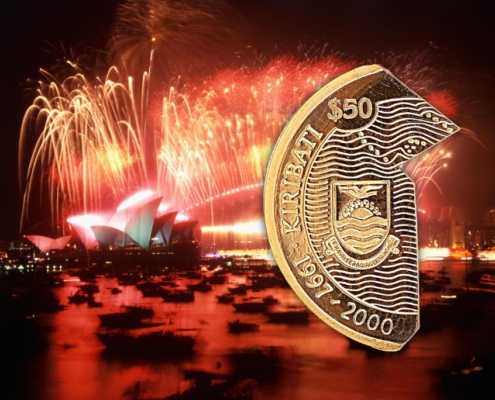
25 Years Ago: Millennium Coins and the Dawn of a New Era
The transition to a new millennium captivated the numismatic world. Commemorative coins from that time were colourful and bold, as a brief glance at the past led to a high-speed journey into a high-tech future—only for things to turn out differently.







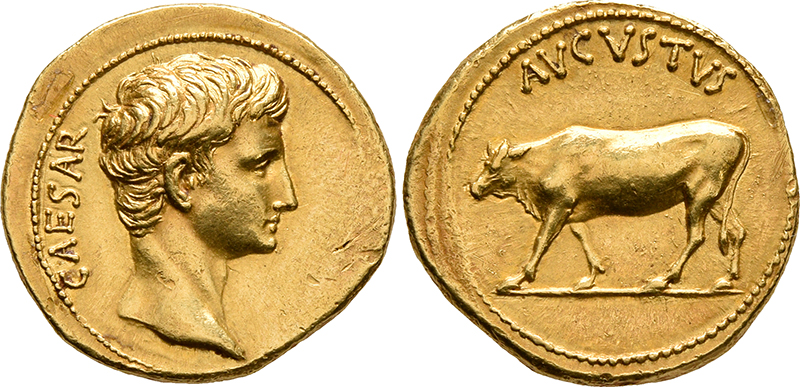
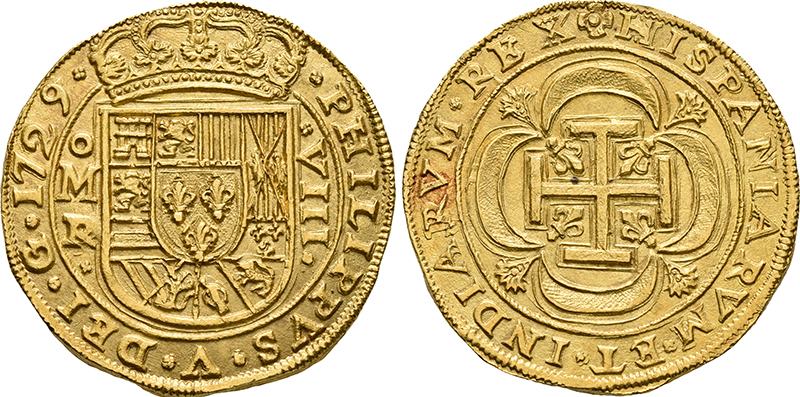
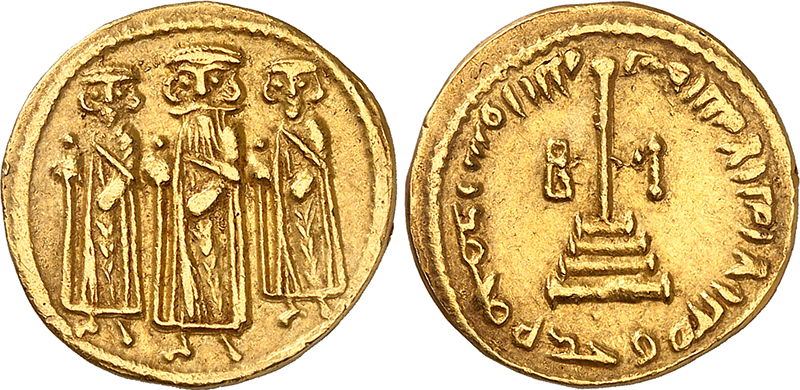
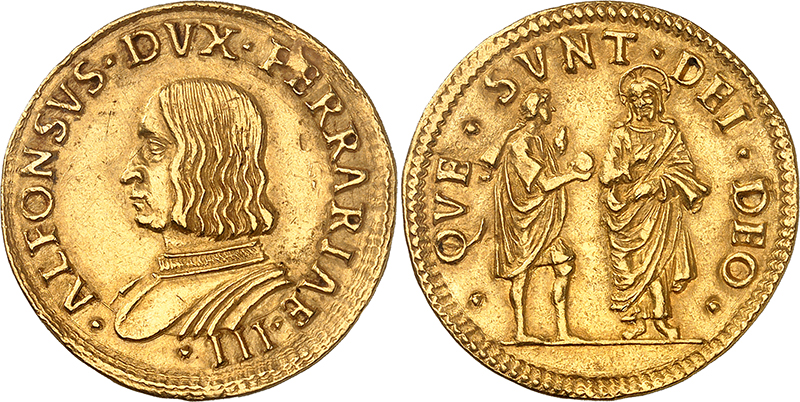
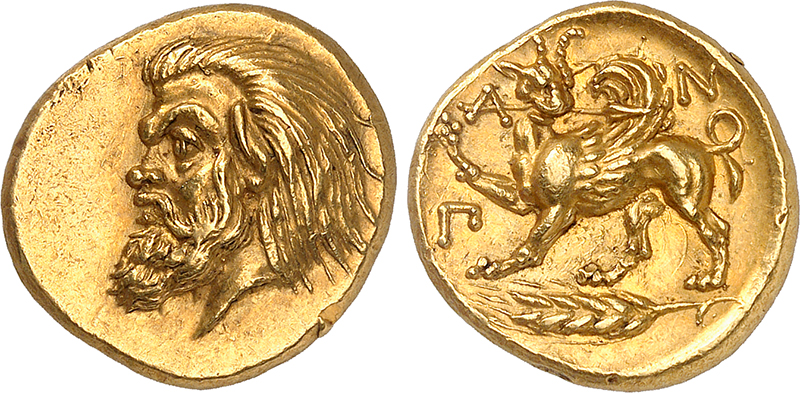
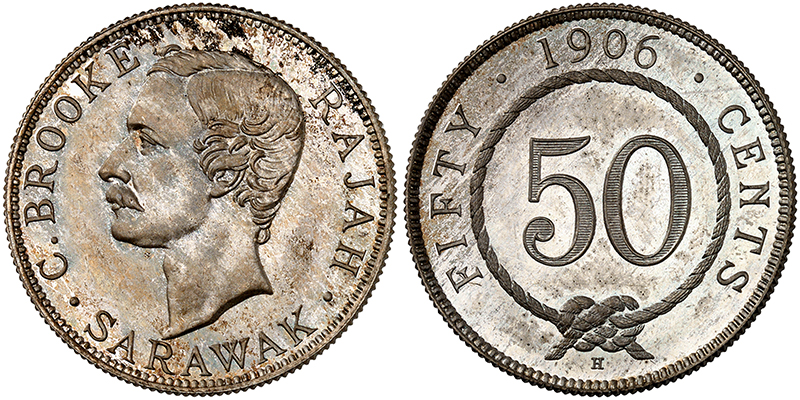
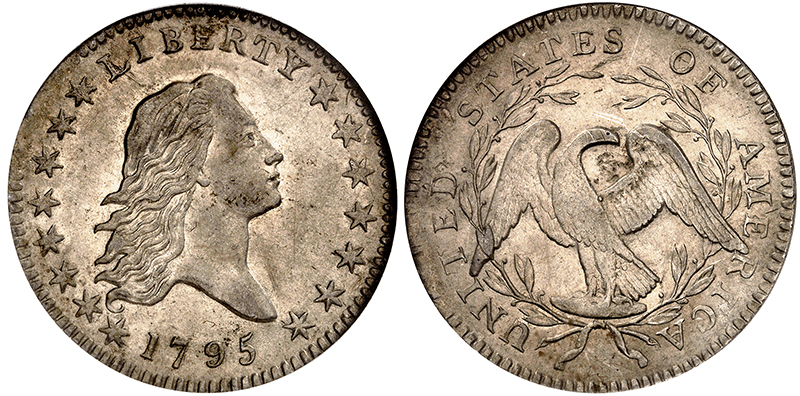
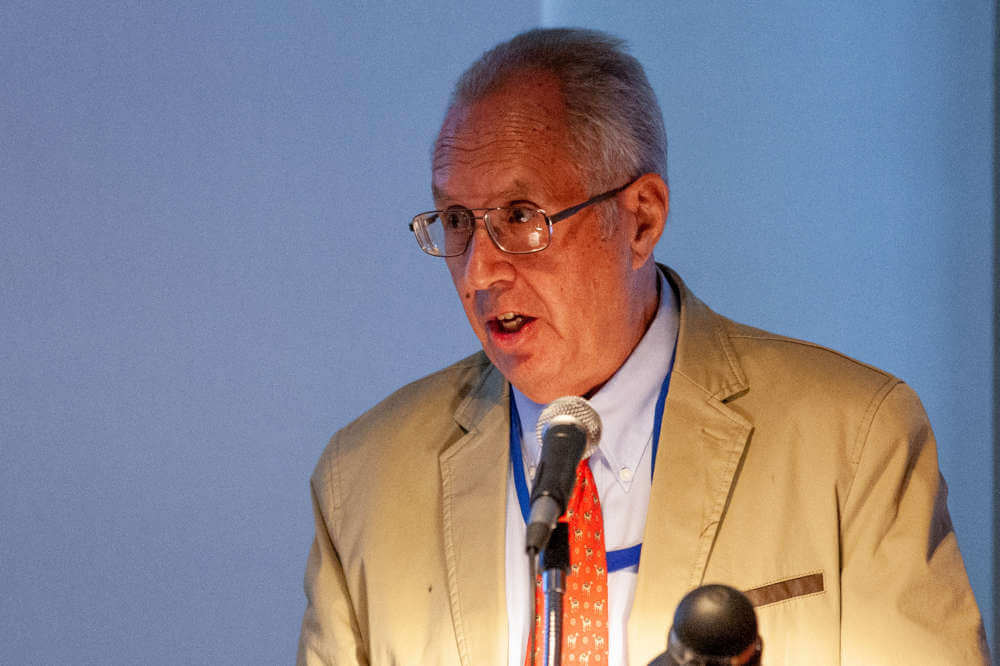
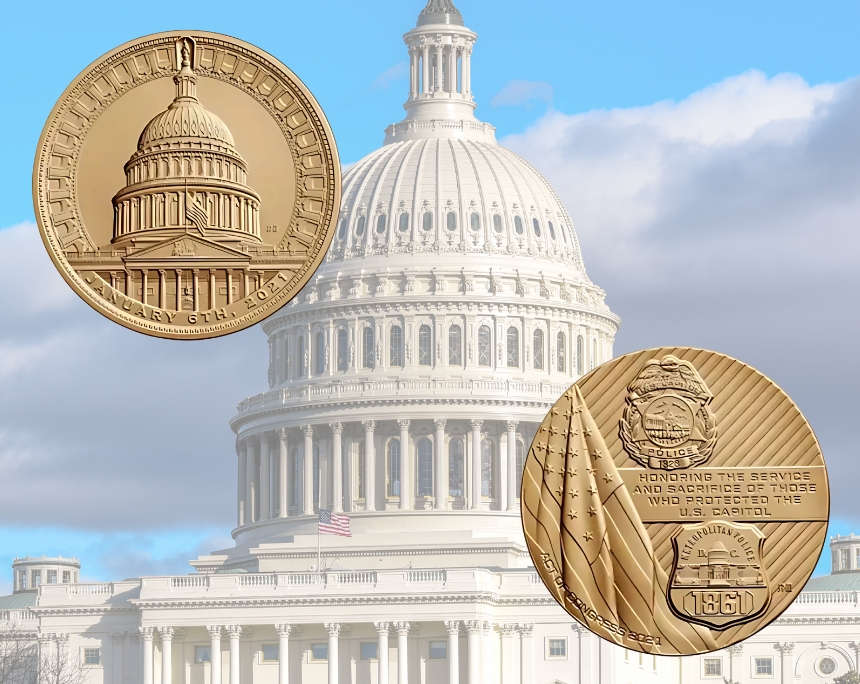

2-Euro Ticker: New €2 Coins in March 2025
Rumours about upcoming small-state euro issues are creating a buzz – and the collector year 2026 is already casting its numismatic shadow.
Further Recoveries of British Museum Objects
The British Museum has announced the return of a further 268 missing objects, taking the total number of recovered items to 626. The museum also confirmed that it is currently working on new leads for around 100 additional objects.